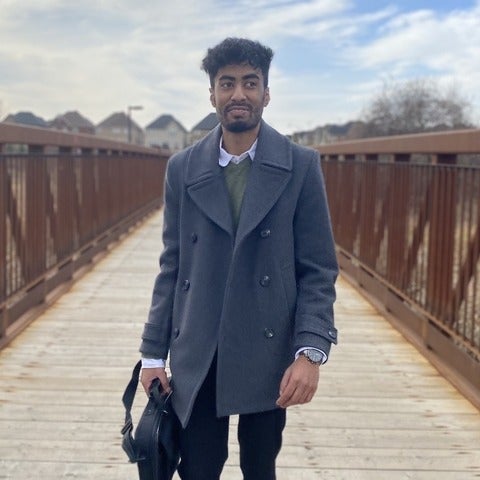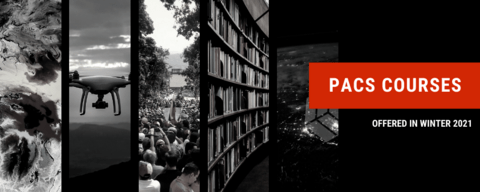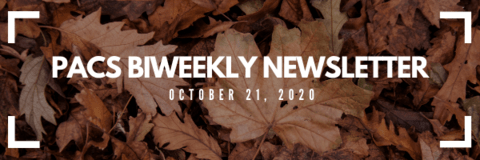Student Profile: Philip Zuidema
As a co-op student, Philip Zuidema has had a wide range of co-op jobs. He has researched the government's addiction to gambling at a think-tank in Hamilton; built cabinets at a millwork shop in Kitchener; and supported professors in the transition to remote teaching at the University of Waterloo.








